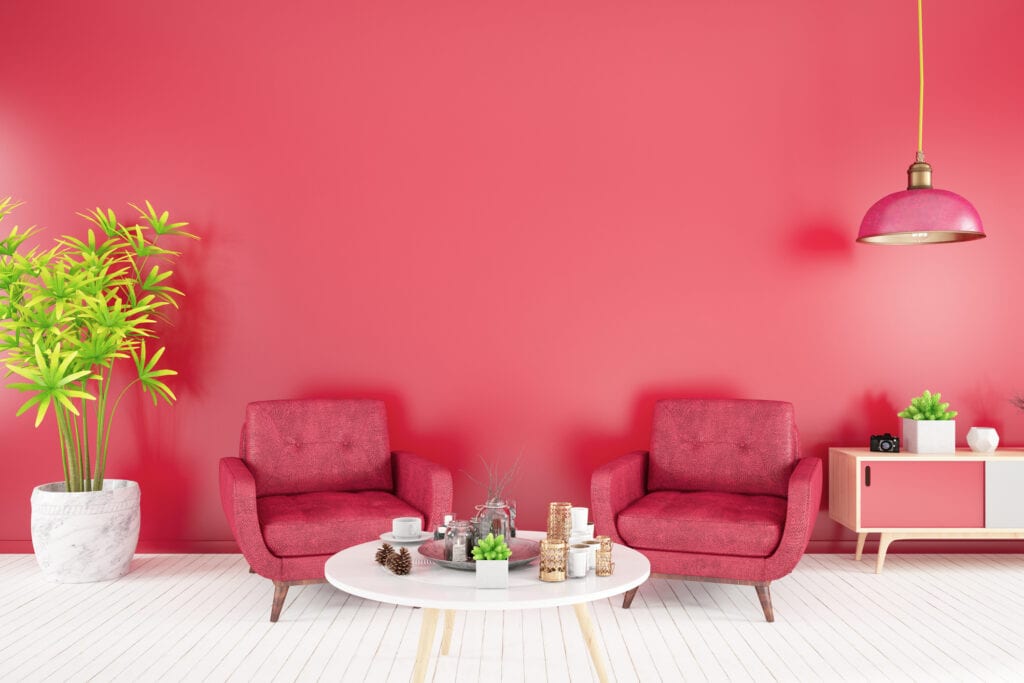Think about your favorite color; when you see it, it can make you feel happy or relaxed. Colors are a special thing. They can change how you feel without you even knowing it. Some colors make you feel comfy and safe, like red and orange.
Others, like blue and green, are like a cool breeze on a hot day. They can help you relax. And many others like them change our mood differently. So, colors are like special messengers to your brain. They can affect your mood and emotions.
So, look for some more ideas now.
History of Color Psychology
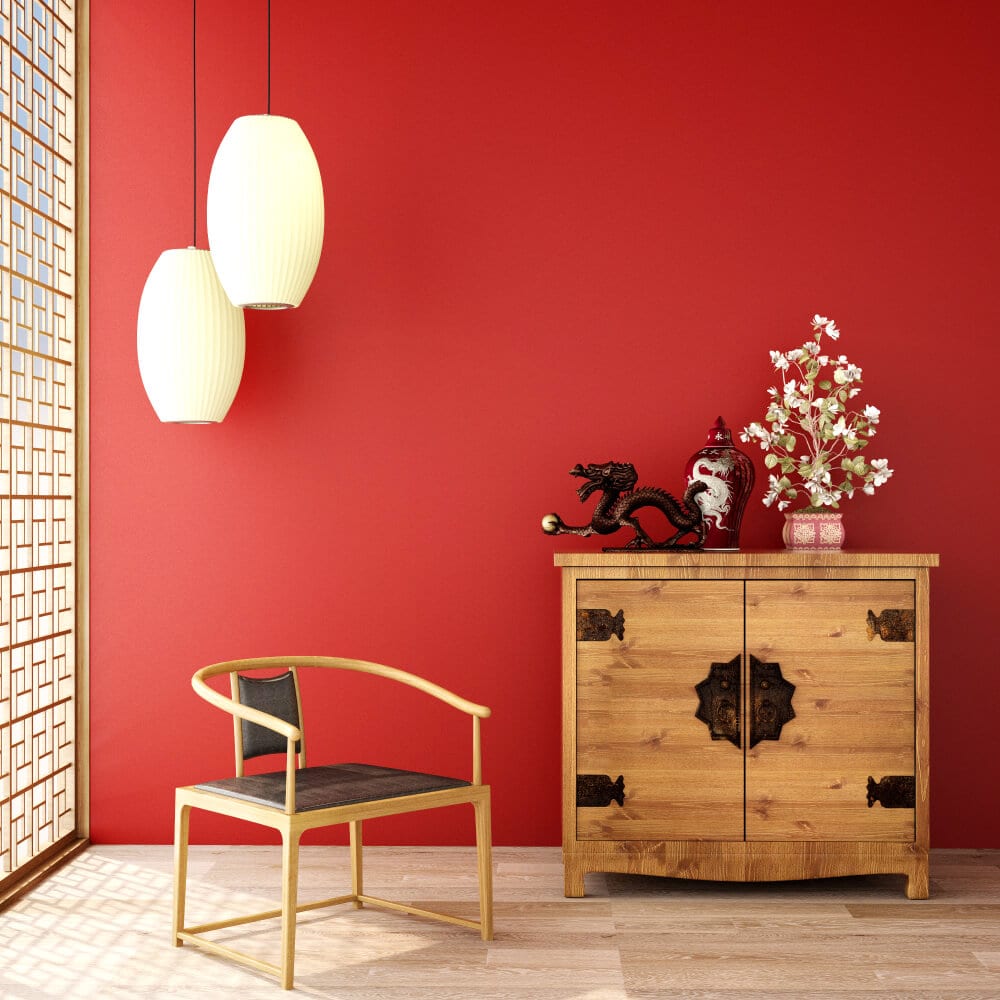
Color psychology delves into how colors, including the art of black color mixing, influence our feelings and actions.
The fascination with colors spans centuries, with ancient beliefs attributing magical properties to them. Nowadays, scientists study the intricate ways colors, through their shades and depth—including the subtle nuances achieved through black color mixing—affect our psychology.
It’s a captivating journey through history, exploring humanity’s evolving perception and utilization of colors.
1. Your Memory
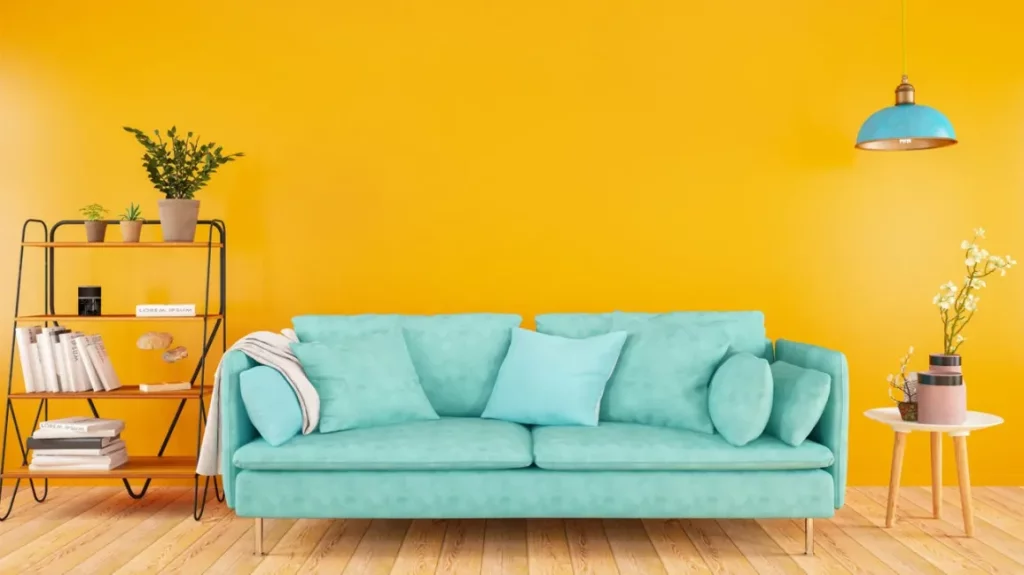
Colors are like magic. They can make you remember things from childhood, like your favorite toy or a fun trip. That’s because your brain links colors to good times. This is similar to having a colorful book inside your mind. This book has all the cool things you did in your life. So, colors are like keys to unlock your memories. They help you remember the good stuff, like a movie in your head.
2. Your Relationships
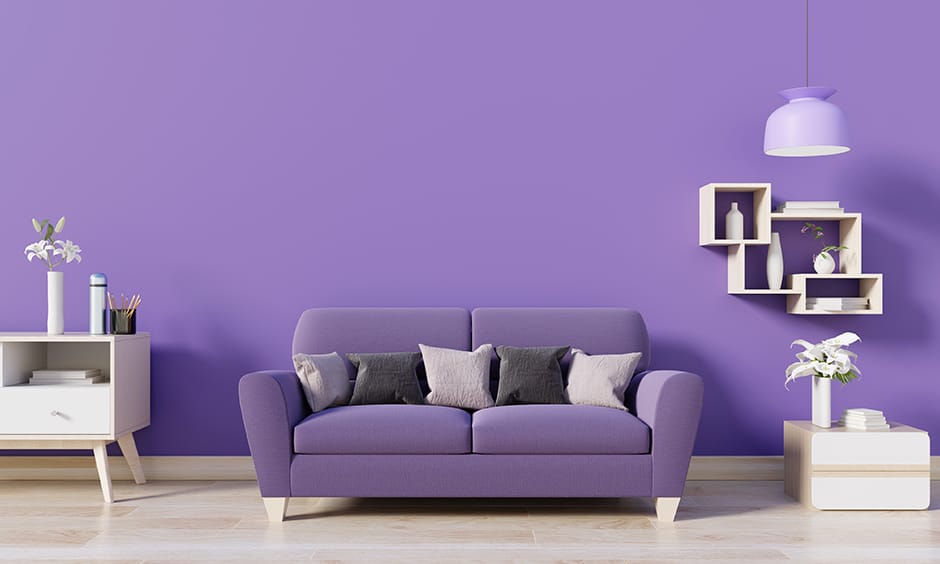
Colors can change how we feel about others. For example, wearing happy colors like yellow can make people think you are friendly. But dark colors like black might make you look serious. Same as colors, they have a hidden code that can change how we talk to each other. So, next time you pick your clothes, remember that colors can change how people see you. Just by picking different colors, you can show your feelings to others without saying a word. It’s pretty amazing when you think about it. So, don’t forget to choose your colors wisely.
3. Your Emotions
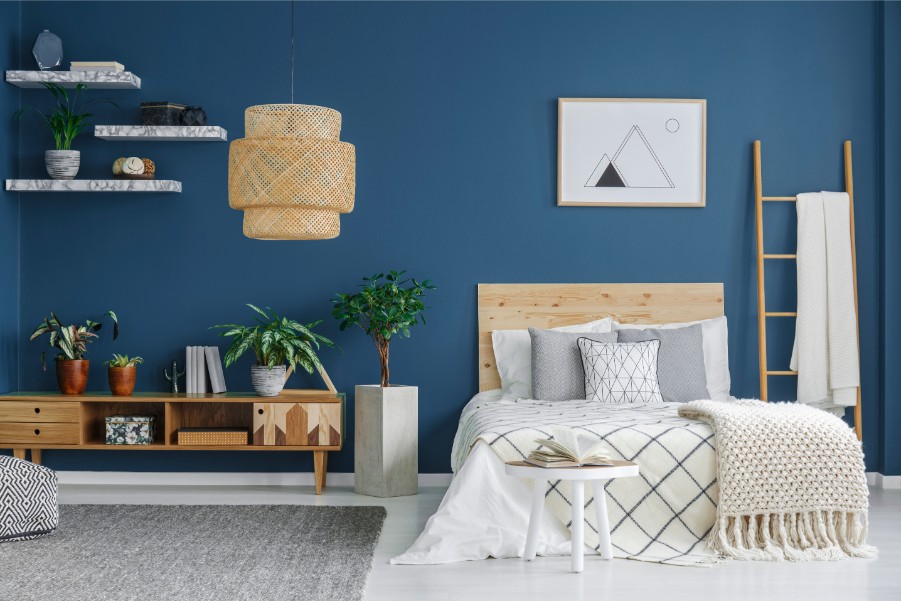
Colors can make us have different feelings. Red can make you feel all pumped up or mad, while blue can make you chill and peaceful. Colors have this thing where they can totally switch up how you feel. Being mindful of how colors mess with your feelings can help you pick the right ones for your place. For instance, if you want to feel lively. Go for red. But if you need to unwind, blue’s your buddy. So, remember, colors aren’t just for looking at; they can shake up your mood, too. So, pick your colors wisely, and you’ll feel just right in your space.
Color Psychology as Therapy
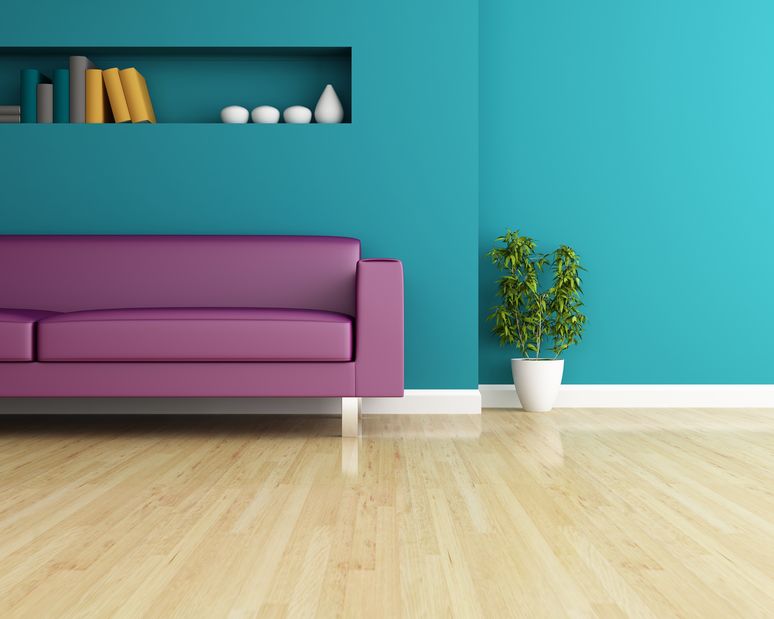
Sometimes, talking about how we feel can be tricky. That’s where color therapy helps. It’s a way to show emotions without using words. When we use colors in art or when we decorate rooms. It helps us feel better. It’s like putting your emotions on paper. Color therapy is like a rainbow of emotions. You can use it to make your surroundings beautiful and feel happier. It’s an art that anyone can try. It is the same as a special language of colors that makes you feel good inside. So, if words fail you, try color therapy. It’s simple but powerful. It is similar to painting your emotions and letting them shine.
How Different Colors Affect You
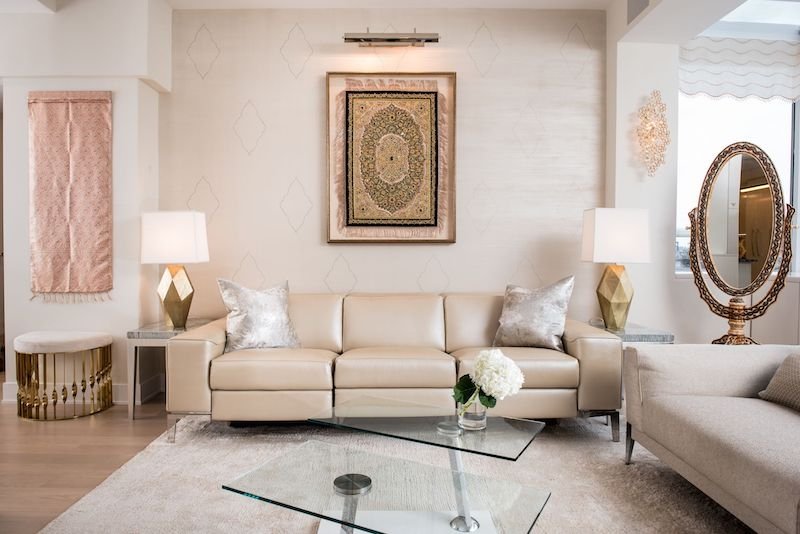
Different colors have a different effect on people. They can make you feel different things. For instance, green can make you feel like you’re in a forest, all fresh and nice. Yellow can bring sunshine to your day, making you feel super happy. Knowing how colors affect you can help you make your surroundings just the way you want. You can use colors to make your room nice or make your clothes look cool. It is similar to having your secret. So, next time you see a color, remember it’s more than just a color. It’s a feeling waiting to happen. With colors, you can make your world as awesome as you want.
Benefits of Color Psychology
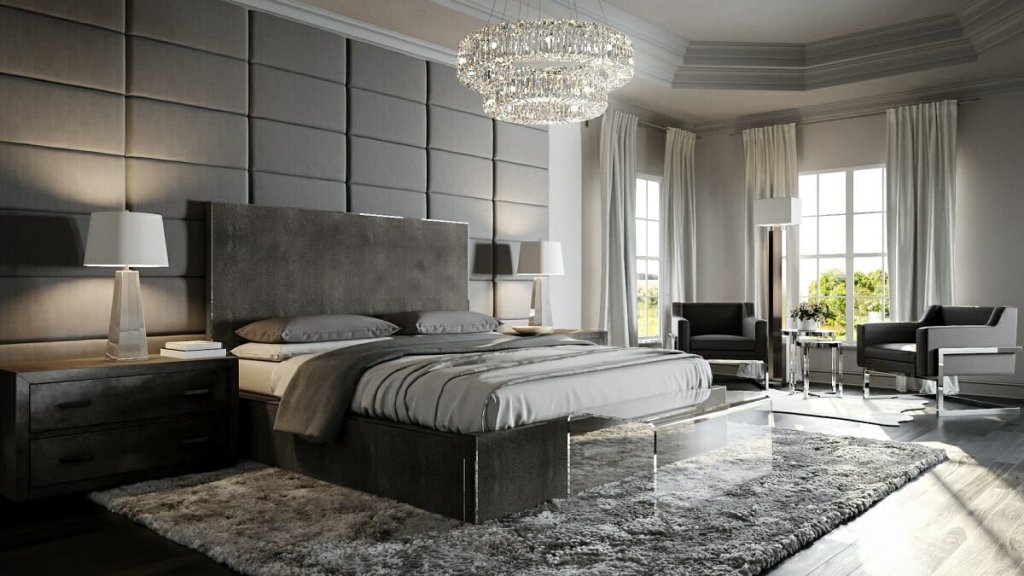
Color psychology is about knowing how colors affect our feelings. Various colors have different impacts on how we feel. Take blue, for instance. It usually makes folks feel peaceful and not worried. Green can be relaxed, like being in a forest. But red it can make us feel all pumped up and full of energy. Understanding these things can help us pick colors for our spaces that go with how we want to feel. This means that if you want to be chill, you might choose some blue stuff around. And if you want to be all hyped, red could be your color. So, next time you pick colors, think about how they make you feel inside. It can change the mood of your room or wherever you are.
Decreased Symptoms of Seasonal Affective Disorder (SAD)

In winter, when days become shorter. Some people may start to feel down and tired. This is called Seasonal Affective Disorder or SAD. But here’s a great thing. Colors can actually help with this! Bright and happy colors like yellow and light blue can make you feel happier. They bring more sunshine into your life. Even when it’s all gloomy outside. Medical experts say that just looking at these colors can make SAD symptoms go away. So, when winter blues hit, surround yourself with these cheerful colors, and you might feel much better.
Conclusion
Different colors can make you happy, relaxed, or even sad. That’s pretty cool, right? Think of a room painted all bright and sunny. It can make you feel cheerful and full of energy. But if the room is all dark and gloomy, it might make you feel a bit down. That’s the power of colors.
When you see a lovely blue sky, it often makes you feel peaceful. Green leaves and grass can make you feel relaxed. Red can make you feel excited, and yellow can make you feel happy. These are simple ways colors affect us.
So, remember, colors are special things that can make you feel things without using words.

